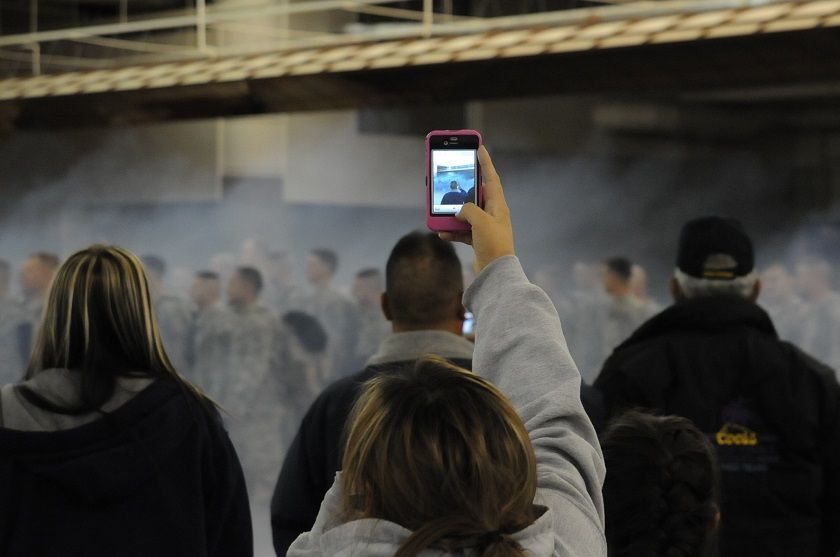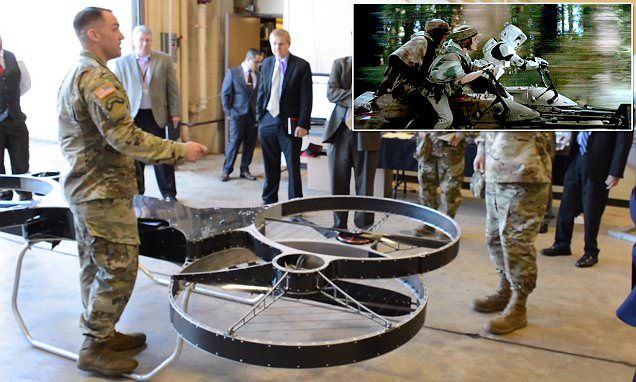
To defend against military lasers, Adsys Controls of Irvine, California, has created Helios, which can be carried on drones. To do much damage, an offensive laser needs to remain focused on its target for several seconds. Helios stops a laser from doing this by disrupting the systems controlling the beam – the Achilles’ heel for all such weapons. “Beam control is a critical function of high-energy lasers,” says Adsys CEO Brian Goldberg.
Helios can detect an incoming laser beam and identify its key characteristics, such as power, wavelength, pulse frequency and its source. Helios then interferes with the beam control – possibly by firing back a low-power laser of its own – so the attacking laser cannot fix on the target. “It provides permanent protection,” says Goldberg. “It’s not just buying time.”
He will not say exactly how the interference is done, but it may involve fooling the control system into thinking it is hitting its target despite the laser actually pointing a few metres to the side. A direct hit would have produced a big burst of reflected light, so a pulse sent back by an anti-laser laser could make it look like the original laser was on target.
Continue reading “Drones armed with anti-laser lasers that trick controls of enemy lasers into missing the drone” »

















